In Argentina, vermouth is more than a drink, it’s a cultural tradition among families, at the table and afterwards, as well as fans and enthusiasts.
Its long history in Europe means that it’s a part of the immigrant DNA that forged the country’s identity. But until the 1930s it wasn’t made in Argentina: the big brands imported it from across the Atlantic.
“According to advertising from the early 20th century, the first vermouth to get here was Cora, which had been available since 1838,” explains the bartender and cocktail historian Ariel Lombán.
“In the 20s and 30s brands like Cinzano, Martini, Branca and Bols arrived, while Argentine vermouth brands such as Padilla, Glauda and Henzi also appeared”.
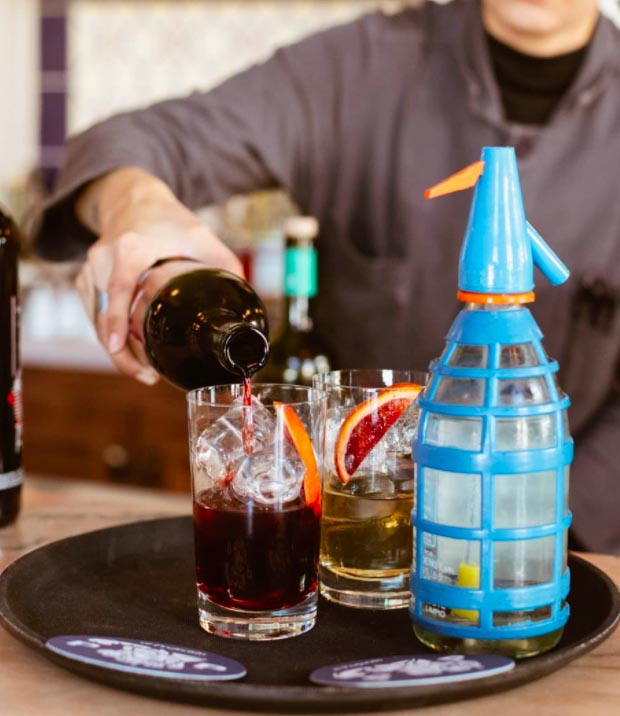
It was Cinzano who took the lead. Today, Argentina is their largest market (even bigger than the company’s native Italy) and in 1950, when the population of Argentina was under 20 million inhabitants, Cinzano was selling 40 million liters a year.
The ritual, however, gradually fell out of fashion and it would only be in the early 21st century that vermouth began to enjoy a renaissance. The first step was taken by bartenders who, following the economic crash of 2001, saw vermouth as a means of making affordable, quality cocktails.
Argentine vermouth: identity, quality and innovation
In recent years quality Argentine vermouths have been making waves, produced by leading cocktail makers and also in partnerships or as solo projects by representatives of the wine industry. They are thus making up for lost time in a country where wine, the primary ingredient in vermouth, is omnipresent.
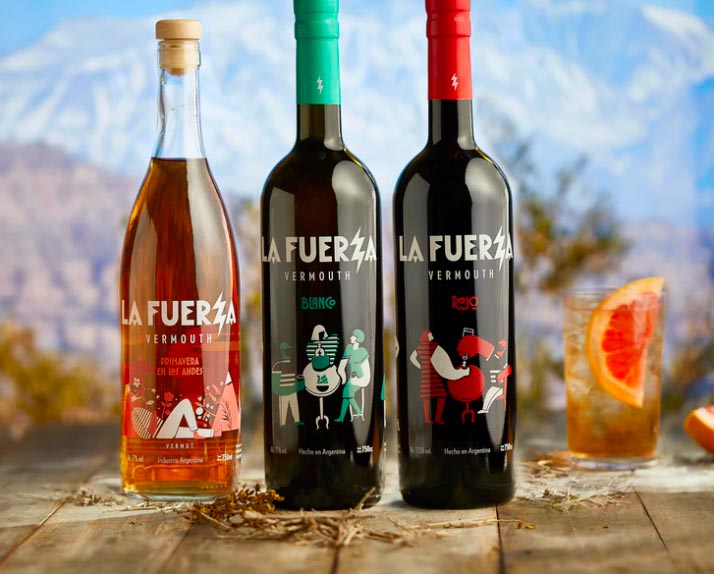
Today, the distinctive identity of Argentine vermouth is founded in that oenological history coupled with new innovations. For example, some are being made with red varieties; a move unheard of in Europe. This is true of Rojo from La Fuerza, which is made with Malbec; Lunfa, whose pink version is made with Pinot Noir and Único, which contains Cabernet Franc.
Meanwhile, Giovannoni, created by the bartender Tato Giovannoni, chose to draw on the qualities of Bonarda.
A partnership between wineries and wine professionals
Several leading lights in the Argentine wine industry have joined the vermouth movement. La Fuerza worked with Sebastián Zuccardi on their creations, while Tato Giovannoni partnered with the oenologist Matías Michelini.
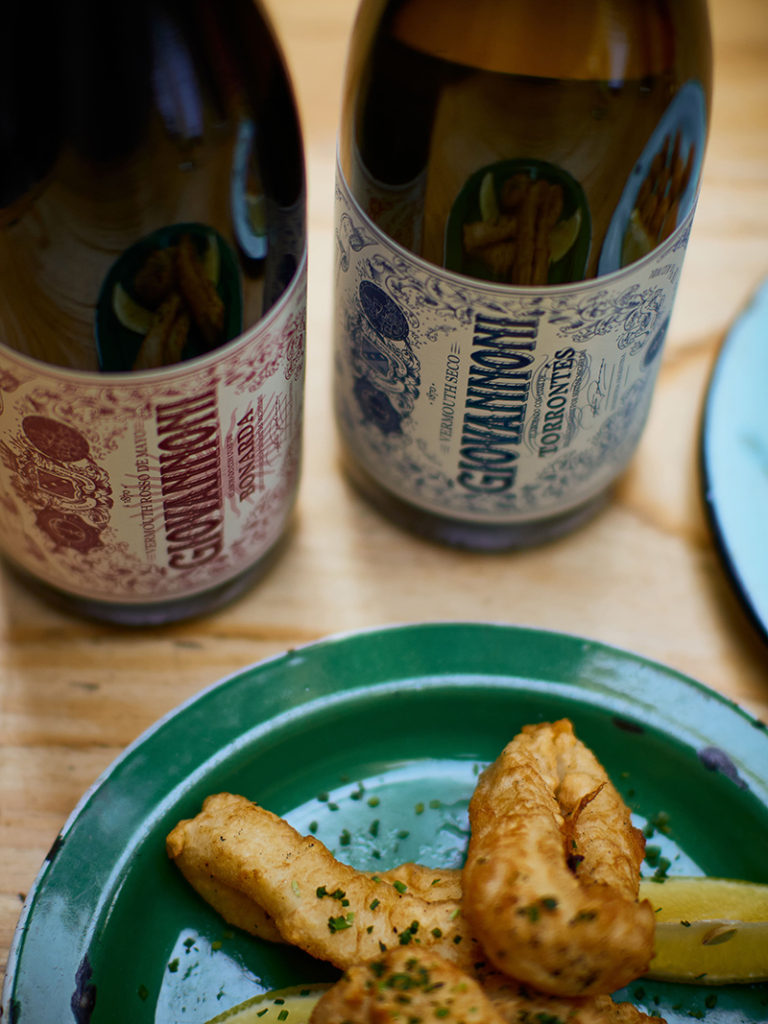
But they’re not the only representatives from the world of wine to get involved in Argentine vermouth.
Durigutti Family Winemakers recently joined the vermouth family with a project that worked with unusual varieties. Their Italian-style white vermouth is made with Pedro Ximénez, while the French-style pink vermouth uses Cordisco. Both come from Las Compuertas, Luján de Cuyo.
Apart from these differences, the herbs with which the Durigutti brothers macerated both vermouths include jarilla, alpataco, thyme, piquillín, aguaribay, aniseed, algarrobo fruit, acacia flowers, carqueja and chañar, among others.
Sabine and Fraçois Lurton, the founders of Piedra Negra, also make their vermouth, Léonce, in Mendoza, naming it after Léonce Récapet, an ancestor of François’ who was a distiller.
Made with Malbec from Los Chacayes, their vermouth is fortified with distilled Pinot Gris and flavored with a selection of 20 Mendozan botanicals (including incayuyo, jarilla and burro), many of them harvested from the gardens at Piedra Negra.
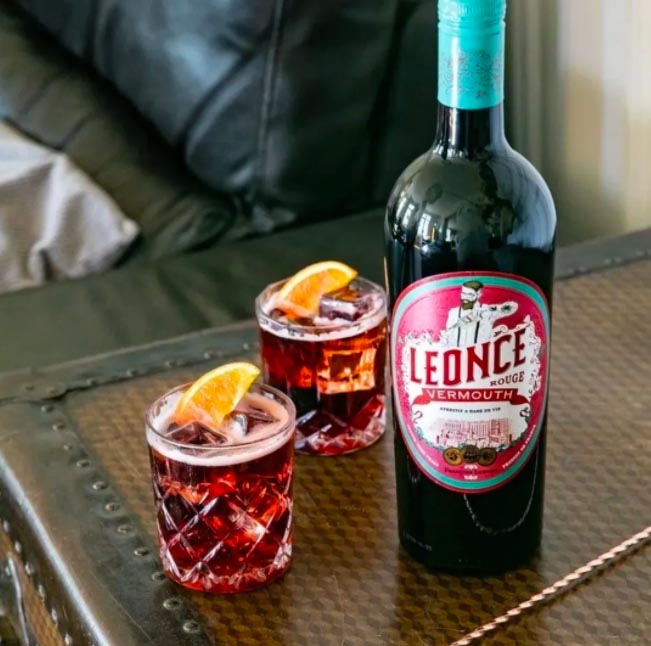
Another well-known oenologist, Matías Riccitelli, is also producing his version of Argentine vermouth: he chose high altitude botanicals from the Mendozan region of La Carrera to create his Vermut de Monte, which is white and dry. Advised by the botanists François De Vleeschouwer and Melanie Roy, he selected 30 herbs gathered at between 5250 feet and 6500 feet above sea level.
Dual identities
Like all immigrant heritage, Argentine vermouth is a field where old traditions are paired with new visions.
“Giovannoni vermouth pays homage to the journey made by Tato’s family from Luca, Italy, to Buenos Aires. It pays tribute to his inheritance but also the terroir it came from, in this case the Uco Valley,” says marketing manager Willy Cicciari.
Alfonsina vermouth has a similar story. A project led by Lara Persano, a member of the family that owns the Finca Las Glicinas winery, the product was born, according to its creator, out of a wish to revive the tradition of the Italian aperitif, inspired by her Italian great-grandfather.
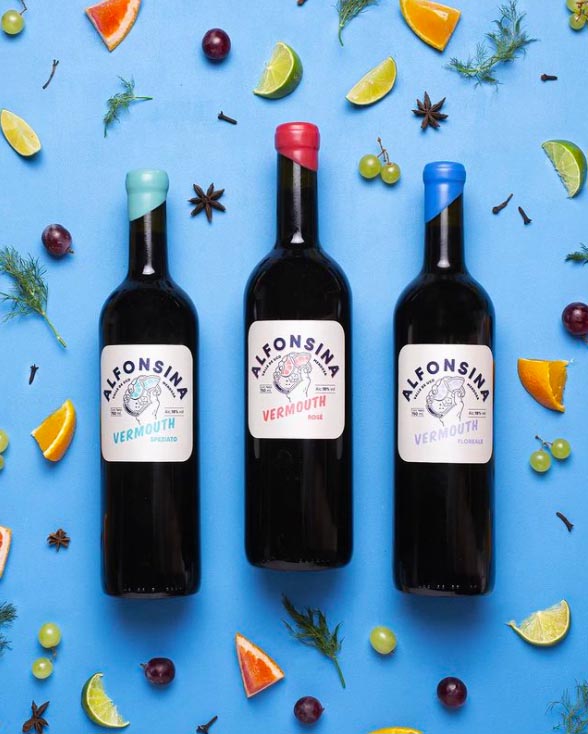
“He made his own wine, he brought vines with him from Piamonte when he emigrated and always drank an aperitif at home,” Lara says. “We wanted to share the concept with a younger audience, using the Altamira wines we make. We have three varieties: Speziato, made with Cabernet Franc (which has a dry, herbal profile): Floreale, made with Malbec (which is sweeter and fruitier) and Rosé (a citrussy vermouth made with a Malbec rosé). We have a legacy and now we’re able to share a new vision.”
In a similar vein, Martín Auzmendi, a partner in La Fuerza, says: “We believe that the trend is just beginning, there’s a lot more research to do into the wines, herbs, and production methods, it’s very exciting to think that Argentina is working with local vermouths, establishing new identities and styles.”


